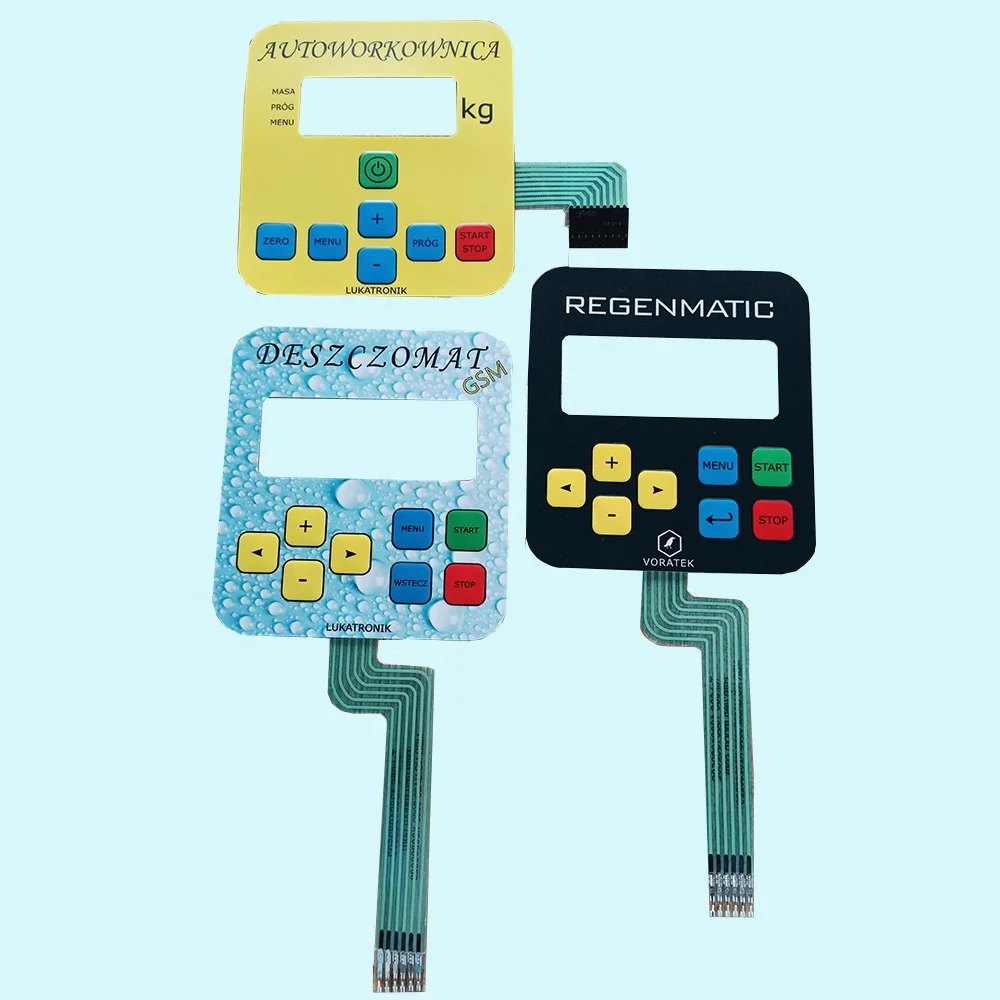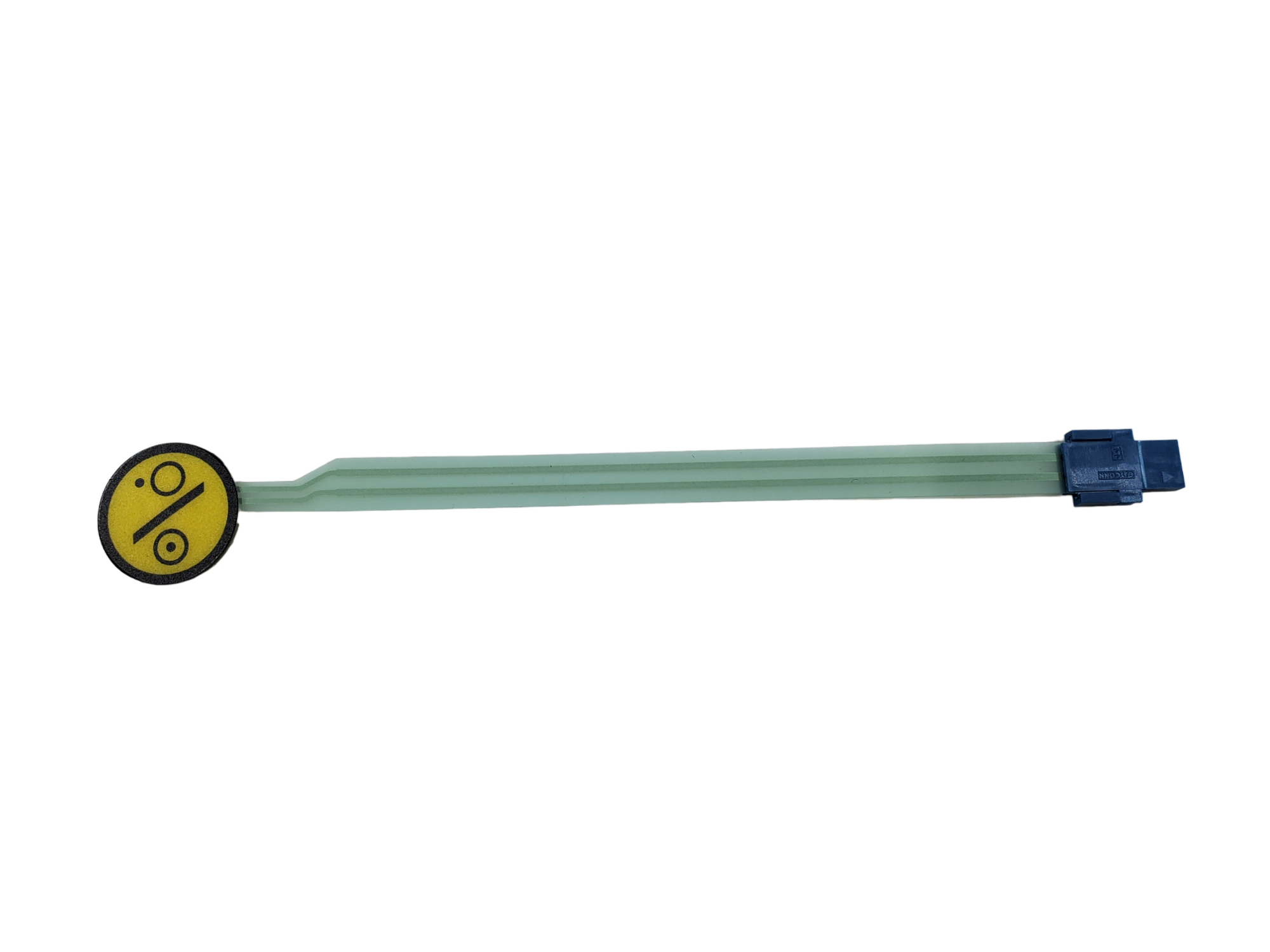Why Membrane Switches are Ideal for Durability and Performance
Why Membrane Switches are Ideal for Durability and Performance
Blog Article
Recognizing Membrane Switches Over: The Secret to Long Lasting and Reputable Controls

What Are Membrane Layer Buttons?
Membrane layer switches are a sophisticated option in the world of interface technology, combining performance and style flawlessly. These devices function as an interface between individuals and digital systems, incorporating numerous parts right into a compact format. Generally built from versatile, slim layers of products, membrane switches are developed to react to touch, allowing individuals to engage with equipment and electronic gadgets successfully.
The main aspects of a membrane switch include a printed circuit layer, graphic overlay, and a spacer layer that prevents unintended activation. The visuals overlay can be tailored to mirror brand name identity or individual preferences, enhancing aesthetic appeals while guaranteeing usability. Membrane layer switches are typically utilized in different applications, consisting of clinical gadgets, customer electronic devices, and commercial equipment, owing to their sturdiness and resistance to environmental variables such as dampness and dirt.
One of the crucial advantages of membrane buttons is their capacity to stand up to deterioration, making them optimal for high-traffic environments. Additionally, they are light-weight and need minimal room, enabling innovative layouts in product development. On the whole, membrane switches stand for a useful and efficient selection for contemporary electronic user interfaces, marrying modern technology with user-centric design concepts.
How Membrane Layer Changes Job
The procedure of membrane changes joints on a simple yet effective system that converts user input into digital signals. When a customer presses the switch, the top layer warps, enabling a conductive component in the circuit layer to make contact with a corresponding conductive pad on the underside of the graphic overlay.
The style of membrane layer buttons can differ, but they typically include domes or responsive elements to supply comments to the customer, boosting the overall experience - membrane switch. The materials used in membrane switches, such as polyester or polycarbonate, add to their resilience and resistance to ecological variables, consisting of dampness and dirt. Furthermore, the printed circuits are normally enveloped, which shields them from damage over time.
Benefits of Membrane Switches

Additionally, membrane switches are understood for their toughness. Created from robust materials, they are resistant to dust, moisture, and physical wear, which considerably prolongs their life expectancy contrasted to typical mechanical buttons. This longevity makes them particularly suitable for high-traffic environments and applications requiring longevity.
Another significant benefit is the ease of cleansing and upkeep. The smooth surface area of membrane layer changes lessens dust build-up and is typically unsusceptible spills, making them optimal for settings that require frequent sanitization.
Moreover, membrane layer buttons use a streamlined profile, causing a thinner layout that can be resource incorporated right into numerous gadgets without including bulk. This attribute not only enhances the aesthetic allure however likewise adds to a more ergonomic item layout.
Applications of Membrane Layer Switches
Functional and easy to use, membrane layer buttons discover applications across a wide variety of markets, including medical devices, customer electronics, and industrial tools. In the medical area, these buttons are important to devices such as analysis devices, patient surveillance systems, and infusion pumps, where reliability and simplicity of cleaning are vital. Their ability to hold up against severe environments and preserve functionality makes them suitable for such applications.

In customer electronics, membrane layer switches are made use of in products like microwaves, washing equipments, and push-button controls - membrane switch. Their streamlined design permits user-friendly customer interfaces, enhancing the general customer experience while providing toughness and resistance to put on and tear
Commercial equipment likewise takes advantage of membrane layer switches, especially in control panels useful reference for equipment and automation systems. These switches provide defense versus dust and wetness, making sure consistent performance in tough settings. Their customizable functions permit suppliers to customize them to specific operational needs, enhancing efficiency and capability.
Picking the Right Membrane Layer Switch Over
When picking a membrane layer button, it is necessary to take into consideration numerous factors that affect efficiency and viability for certain applications. The main considerations include environmental conditions, tactile responses, durability, and layout requirements.
First, analyze the operating atmosphere; switches exposed to dampness, chemicals, or severe temperatures require details products to make certain long life and functionality. Next, review the demand for responsive comments. Depending upon user communication, some applications might gain from a responsive feedback to verify activation, while others may prefer a non-tactile layout for aesthetic reasons.
Durability is an additional important variable; membrane buttons must be developed to withstand constant use, impacts, and abrasion. Ensure the chosen switch can sustain the expected lifecycle, specifically in high-usage situations.

Conclusion
To conclude, membrane switches serve as vital components in the layout of sturdy and trustworthy control systems throughout different markets. Their compact layout, integrated with robust building and construction and adjustable features, boosts user interaction while guaranteeing longevity sought after atmospheres. The flexibility of membrane layer changes allows for customized solutions that satisfy specific functional needs, strengthening their importance in modern-day technology. As markets continue to progress, the importance of integrating reliable membrane button solutions can not be overstated.
Membrane layer switches over represent a vital facet of modern-day interface design, blending capability with resilience in different applications.Membrane switches are an advanced remedy in the world of customer interface technology, combining functionality and design perfectly. Normally created from adaptable, slim layers of products, membrane layer buttons are made to react to touch, making it possible for customers to connect with equipment and digital tools properly.
The layout of membrane layer buttons can vary, but they frequently integrate domes or tactile elements to provide responses to the customer, boosting the general experience.In final thought, membrane switches offer as crucial parts in the layout of long lasting and trustworthy pop over to this site control systems across various sectors.
Report this page